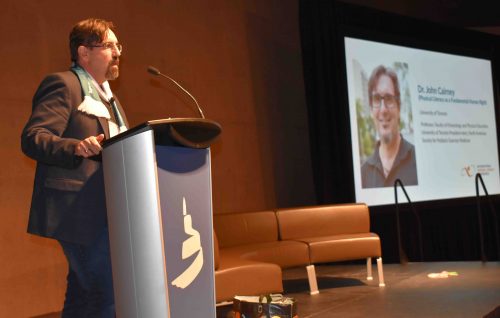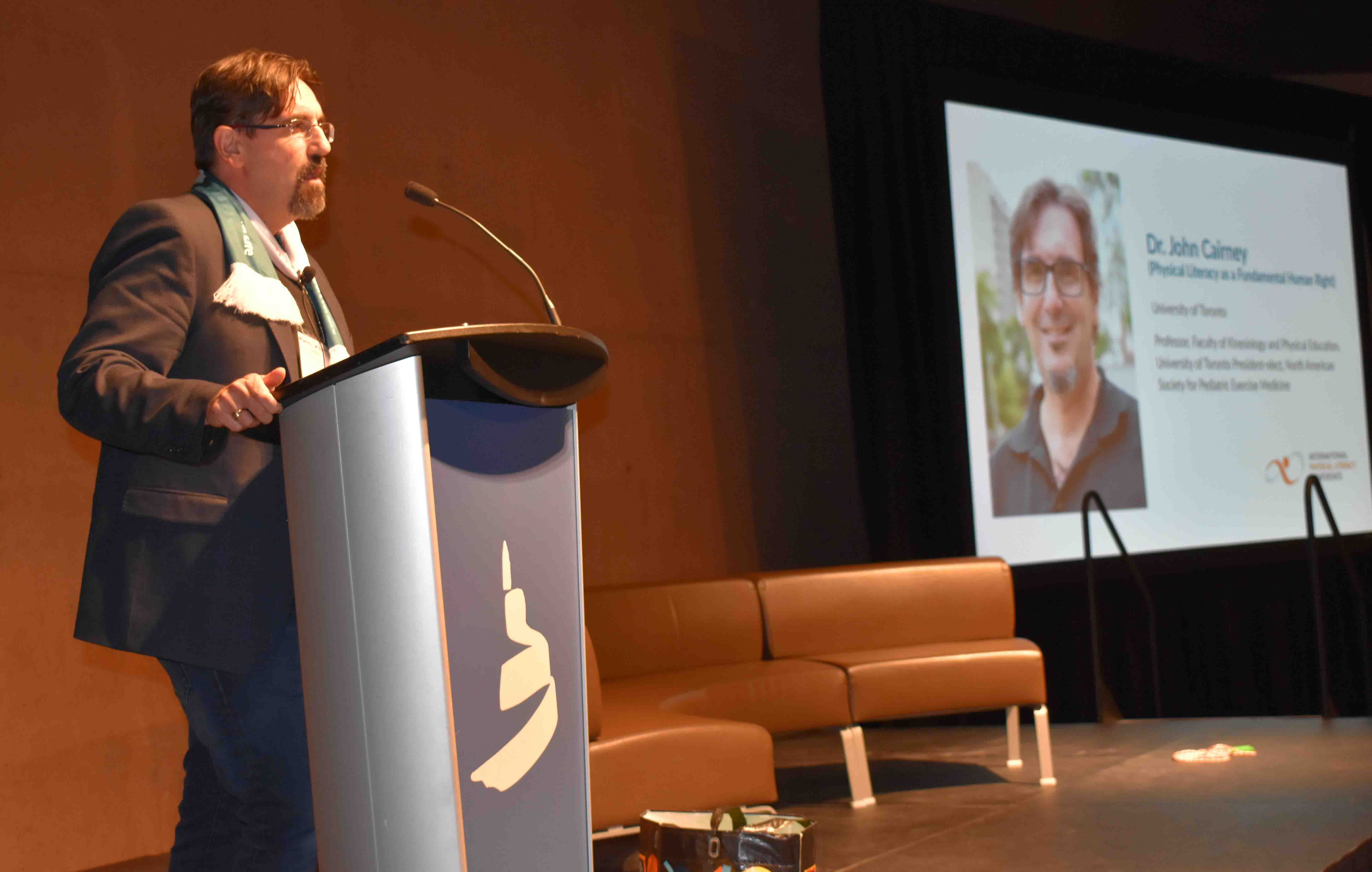A brief history of the physical literacy research group
 The physical literacy movement was still in its infancy when Sport for Life director Drew Mitchell decided something needed to be done to address the lack of research in the area. People were enthusiastically throwing themselves into active living initiatives, keen to innovate, but they didn’t have the hard data necessary to support their efforts.
The physical literacy movement was still in its infancy when Sport for Life director Drew Mitchell decided something needed to be done to address the lack of research in the area. People were enthusiastically throwing themselves into active living initiatives, keen to innovate, but they didn’t have the hard data necessary to support their efforts.
That’s why Mitchell traveled the country recruiting some of the leading minds in the movement, bringing them together as a groundbreaking physical literacy research group in 2015.
“The reason for formulating the group was specifically to back-fill the physical literacy work being done on the ground. Innovation doesn’t necessarily come from research-based evidence first, it often comes from trial and error, trying different things,” said Mitchell.
“In this particular case we were operationalizing physical literacy with the best of intentions, but if you want to get support in the health or education sectors you really need research and data to validate what you’re doing.”
To get things rolling, Mitchell needed someone with undeniable credibility. He eventually decided to approach Dr. John Cairney, who had been introduced to Sport for Life by Dr. Colin Higgs and had an extensive research background in the academic arena. Along with early champion Dr. Dean Kriellaars, Mitchell was able to convince John to become chair of the group.
Once Cairney was onboard, he worked closely with Kriellaars, a world leading advocate on the development of physical literacy and Mitchell to fill the rest of the spots. They enlisted Dr. Dean Dudley from Macquarie University, Australia, Dr. Jackie Goodway from Ohio State University, and Dr. Nalda Wainwright from University of Wales Trinity Saint David. The group now had great international representation, and set to work on creating and connecting to important research projects. Mitchell was thrilled with the chemistry of the team.
“John has the perfect temperament, because he really brings out the best in people. He’s built a collegial approach to this, and along with his academic peers (Dr. Dudley and Dr. Kriellaars) and his graduate students they have been producing more and more published papers,” Mitchell said.
Eventually, after articles appeared in a number of journals, one actually offered them an entire issue for their content. The resulting special edition on physical literacy appeared in the Journal of Teaching in Physical Education in 2019, becoming a major landmark in their continued push to mobilize their findings internationally.
“Publishing the special edition with all those articles was a huge accomplishment and it really addressed some of the most important topics, such as physical literacy as a human right. It really got into what physical literacy is and why it’s just as important as literacy or numeracy, which is becoming more and more clear,” Mitchell said.
It also provided an opportunity for other physical literacy researchers from around the world to contribute papers and showcase their great work. As chair, Cairney shepherded much of the work on to the page himself, intimately involving himself in the process.
“I am extremely pleased at the progress we’ve made. One of the main goals of our research was to increase the number of peer reviewed, scientific articles in the field. We felt at the time that this was a major gap that needed to be addressed,” Cairney told Sport for Life.
“Our physical literacy research has appeared in major international journals, and has really pushed the global conversation to a new level.”
This year Mitchell was in attendance at the Canadian Museum for Human Rights during the International Physical Literacy Conference 2019 in Winnipeg. Cairney hosted an evening based on the theme of physical literacy as a human right, a topic that seemed powerfully appropriate in that venue. Dudley was tasked with laying out the argument, in a very articulate presentation, as to why physical literacy should be adopted as a human right.
Cairney was watching happily from the wings.
“We continue to push the bounds of physical literacy scholarship, showing how it’s related to health, education, sustainable development and even human rights. That event was really a culmination of many years of hard work, and was extremely moving,” he said.
“The audience was given the opportunity to really look at the social impact of physical literacy, and to contemplate its significance on a grand scale.”
Now that the research group has been operational for half a decade, Cairney, Dudley and Mitchell believe it’s time for it to evolve. They are spearheading efforts to create a new Academy of Physical Literacy Sciences that will include input from countries such as Ireland, England, Australia and Croatia. They think it’s the next logical step as researchers try to keep pace with the growing interest.
“This is the next chapter in the story of physical literacy.”

